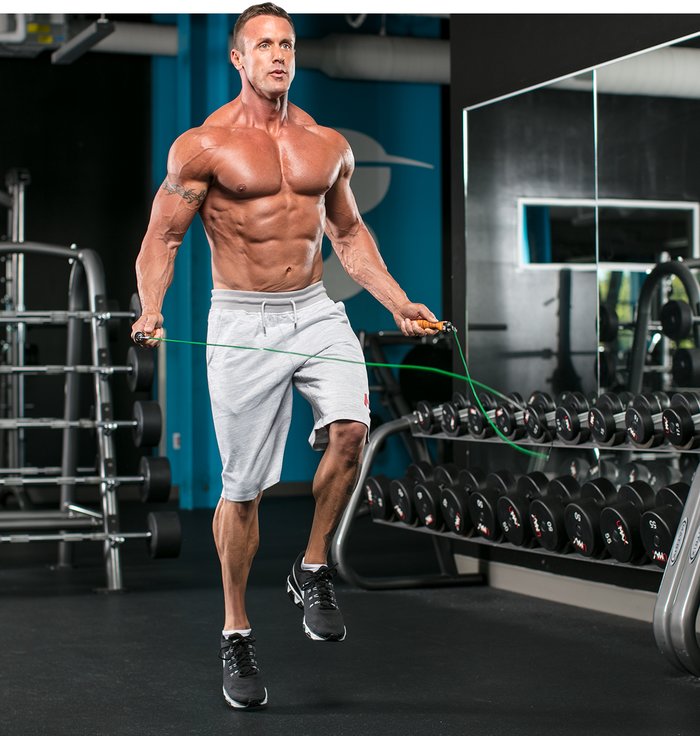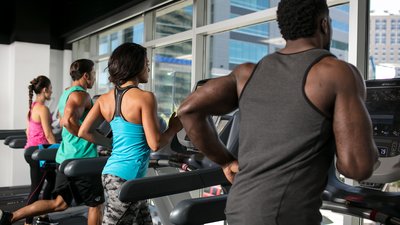People about to commence some kind of physical activity are constantly encouraged to warm up before exercising. The standard reasons given are about "increasing blood flow" or "loosening up the joints," but what's really going on when you warm up? It's a little more complicated and a lot more impactful than you might have imagined.
According to a recent comprehensive review on Medscape, warming up initiates a string of internal changes to your body. The author quotes Juha Oksa, PhD, a senior research scientist at the Finnish Institute of Occupational Health in Oulu, Finland. He notes that warming up serves a number of purposes, one of the most important of which is its effect on your body's cellular energy currency, ATP.[1]

ATP, or adenosine triphosphate, is the molecular unit of currency your body uses to transport energy within cells. When you raise your body temperature by about 1 degree Celsius or 2 degrees Fahrenheit—say, by jumping rope or jogging on a treadmill—even that slight rise in core temperature is enough to significantly increase the rate at which ATP can break down. The faster ATP molecules break down, the more energy is released and made available to your body.
What that means to your training is that you'll have more energy available, and your nerve conduction and muscle contraction velocity will increase. In layman's terms, that means you'll be better able to connect with your muscles, making you both stronger and more apt to grow. Your muscles and tendons will become more elastic and less likely to tear or tweak. That's quite a payoff for a few minutes of light work.
But, how do you know when you're warmed up enough? According to the Medscape story, there's a simple way to tell: You're warmed up enough when you feel "light sweating and ventilation is increased, you are warm all over your body, and you don't feel tense in your muscles."[1] Simple enough, right?
How long it takes to get to that point depends on the individual, the ambient temperature, and the clothes you're wearing. It can range from 5 minutes to half an hour.
The best part: There's a wide range of activities that can get you to that sweet spot, and they're not all just the same old treadmill stroll. Here are a few tried-and-true approaches from Bodybuilding.com's archives:
- Five to Thrive: The Five-Move Full-Body Warm-Up
- 6 Great Warm-Ups You Didn't Know Were Warm-Ups
- The Limber 11: The Only Lower-Body Warm-Up You'll Ever Need
References
- Harrison, Laird (2017). Researchers Probe the Art of Athletic Warm-up and Cooldown. Medscape, http://www.medscape.com/viewarticle/877600. (A one-time free registration is required to view Medscape content.)

